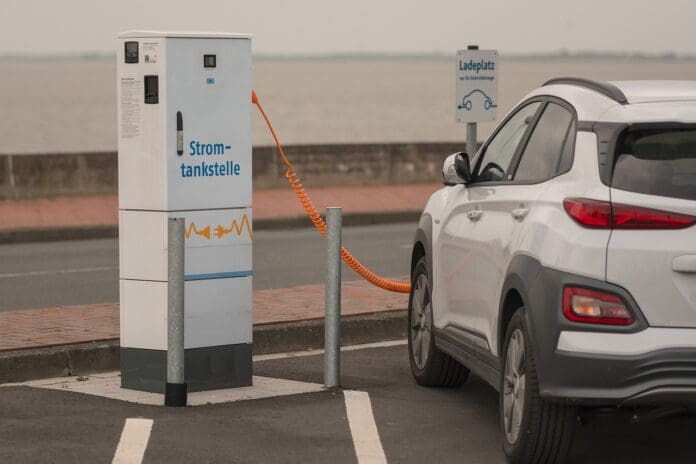This post is also available in:
 עברית (Hebrew)
עברית (Hebrew)
Researchers at the Ulsan National Institute of Science and Technology (UNIST) have made a discovery that could shape the future of electric vehicle (EV) batteries. Their work on a new cathode material, called quasi-lithium, promises to extend driving range—potentially allowing EVs to travel up to 1,000 kilometers on a single charge. More importantly, the team has also tackled a key safety concern that has hindered the development of high-performance batteries.
While quasi-lithium materials have the potential to store significantly more energy than current battery technologies, they come with a serious risk: when charged beyond 4.5 volts, the material can cause oxygen to oxidize and release gas. This buildup of oxygen can damage the battery structure and even lead to explosions. This phenomenon has long been one of the biggest challenges to scaling these high-energy batteries safely.
The team at UNIST discovered that the oxidation begins at around 4.25 volts, causing partial damage to the battery and releasing gas. With this critical insight, the researchers shifted their focus to finding a way to prevent the oxidation from occurring in the first place.
Their solution lies in altering the composition of the quasi-lithium material by replacing certain transition metals with elements that have lower electronegativity. This change improves the flow of electrons within the material, making it less likely for oxygen to oxidize. The team demonstrated that this approach drastically reduced the release of oxygen gas.
Not only does this method make the battery safer, but it also allows for higher charging voltages, boosting the overall energy density of the battery. This breakthrough could be a game-changer for electric vehicles, providing longer-lasting, safer batteries that can withstand higher voltages. Published in Science Advances, the research paves the way for the development of batteries that are both more efficient and safer for everyday use.


























